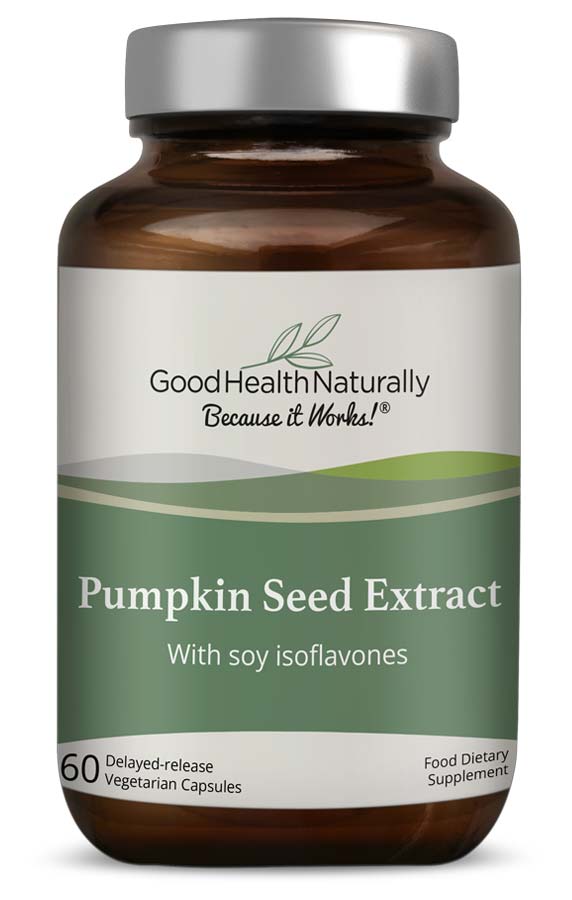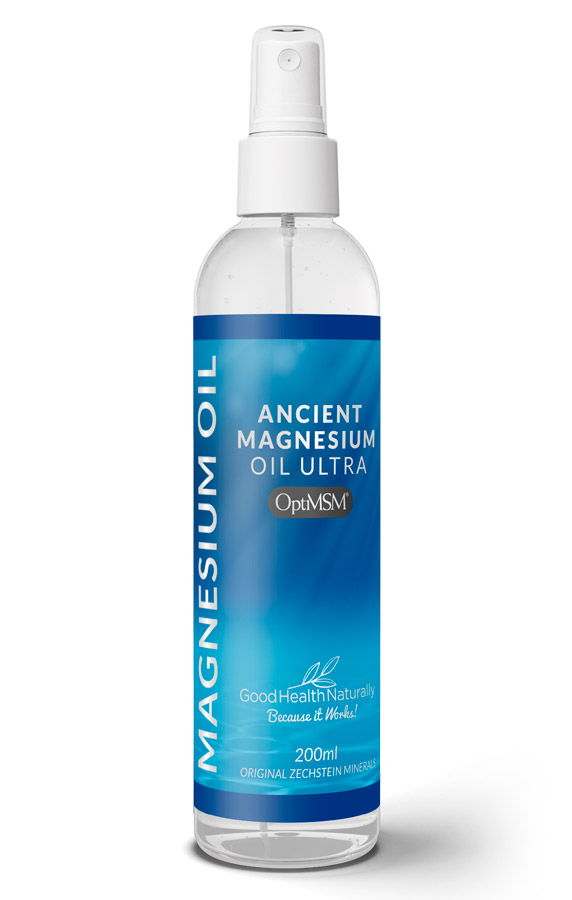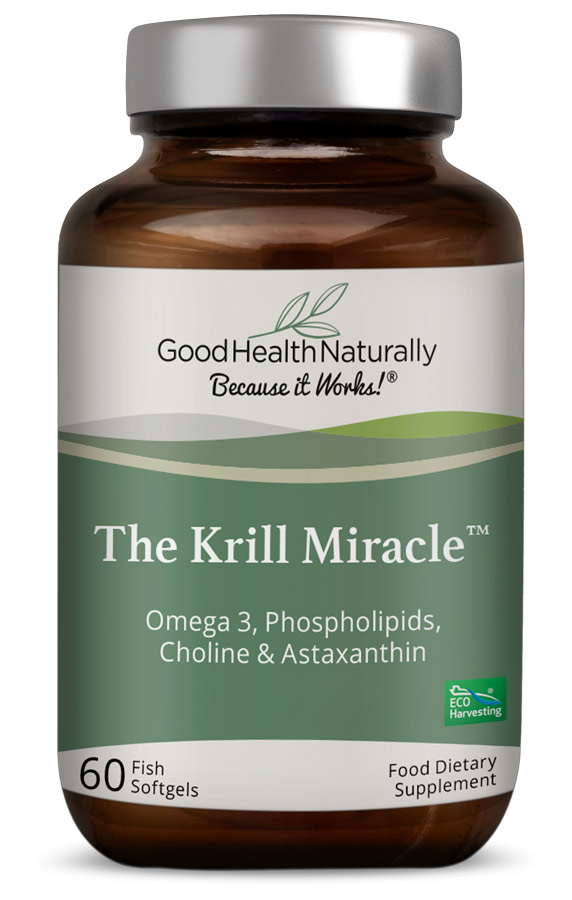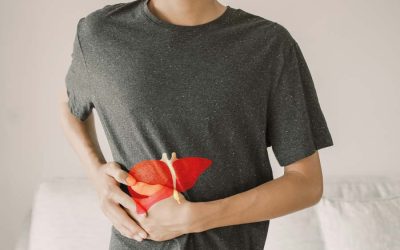Monthly mood swings, anxiety, sleep problems, cramping, bloating, do any of these sound familiar? If so, you may be suffering from pre-menstrual syndrome. And, you’re in good company as more than 90% of women say they have suffered some of these symptoms in the days running up to their period.
It is unclear why some suffer from PMS, and others don’t, but it certainly seems hormones are involved. Oestrogen and progesterone drop the week before a period, and it is believed this may trigger the symptoms of PMS. Changes in brain chemicals or certain vitamin and mineral deficiencies may also play a role.
The good news is there are plenty of lifestyle and dietary changes which can help ease PMS symptoms naturally and help improve symptoms.
Monthly Menace
There are more than one hundred different signs and symptoms, and they tend to fall into two categories: emotional and physical. Emotional include mood swings, irritability, insomnia, poor concentration and depression. Physical include tender breasts, food cravings, fatigue, headaches, acne or eczema flare-ups, constipation and diarrhoea. Some less well-known symptoms include puffy eyes, increased sensitivity to odours, and insomnia.
These symptoms tend to recur in a predictable pattern starting a week or so before the period, disappearing within four days after the start of the menstruation. They can vary from month to month.
But it’s not all negative, as some women find in the run-up to their period, they become more creative or assertive and feel a lot more confident and decisive. Others have reported a heightened sense of smell and taste and even an increased sex drive.
Contributing Factors to PMS
Stress, unstable blood sugar, food allergies, malabsorption, hypoglycaemia, and low serotonin are all possible factors which can make symptoms worse. And, they are all prevalent in our modern lifestyle. We are more stressed than ever before. In fact, it’s been dubbed a “health epidemic of the 21st century” by the World Health Organization. Generally, the Western diet is full of processed foods and does not provide enough of the nourishing nutrients we need. On top of all this, our sedentary lifestyle has led to a rise in people with poor blood sugar balance and weight problems. Plus, more and more people seem to be suffering from gut issues and food intolerances.
Tips to Ease PMS Symptoms Naturally
Eat Your Veggies
Studies have shown that women who suffer from PMS are more likely to have lower levels of Vitamin D, Calcium, Magnesium, iron, and zinc, as well as vitamins A, C, E, B-6, and other B vitamins. Therefore, to help ease PMS symptoms naturally, ensure you get all these nourishing nutrients by eating a diet rich in vegetables, low-sugar fruit such as apples and berries, whole grain foods, and healthy fats, including olive oil, coconut oil, avocados, nuts, seeds, and organic meat, fish and seafood.
Keep Blood Sugar Balanced
Many women crave chocolate and sugary snacks in the days running up to their periods. If they indulge in these cravings, it can create wobbly blood sugar and lead to hormone imbalances. Instead, aim to replace sweets or chocolate with savoury options such as nuts, seeds or wholegrain snacks.
Keep blood sugar balanced by including a portion of protein with every meal, such as lean meat, fish, beans, lentils, or nuts. Pile your plate with lots of different coloured vegetables, especially magnesium-rich leafy greens. Ensure there are plenty of good quality fats, too, such as oily fish, olives, nuts and flaxseeds, as studies show they ease PMS symptoms naturally.
Get Active and Manage Your Weight.
Overweight women with a BMI of more than 30 are three times more likely to suffer symptoms of PMS. Exercise is not only beneficial for weight management; it also gets the heart pumping, improves blood flow to the brain, and boosts the release of feel-good endorphins. This helps manage symptoms like cramps, fatigue and mood swings.
Relaxation is important, too. Even going for a walk, reading, or simply sitting outdoors can help elevate mood and alleviate symptoms. Some women report that yoga, deep breathing, and meditation can help. Certain yoga poses may also help ease PMS symptoms naturally, such as menstrual cramping. Aim for 7-8 hours of sleep every night to give your body the energy it needs.
Nutrient Support for PMS
Low magnesium has been linked with worsening cramping pains and stress. It is known as nature’s relaxant and can help with anxiety, mood swings and poor sleep. Try a relaxing magnesium bath, or apply it topically before bed. It is theorised magnesium may work by calming the nervous system and “normalising” the actions of different hormones, mainly progesterone, on the central nervous system. One study found that when used alongside vitamin B6, it showed the greatest promise. It has also been demonstrated to help with menstrual migraine, although the mechanism of action is not totally understood. It is theorised it may stabilise cells, decreasing hyperexcitability or neuronal firing.
It appears supplementing with omega-3 fatty acids may help ease PMS symptoms naturally, especially emotional symptoms like depression, nervousness, anxiety, and poor concentration. It may also reduce physical symptoms, including bloating, headache and breast tenderness.
Maca
Maca is derived from the root of a cruciferous vegetable native to Peru. It has a long history of use for managing stress and lowering cortisol. It may help ease PMS symptoms naturally by reducing physical and emotional symptoms, including cramps, bloating, and mood swings. In one study, women who took Maca supplements experienced a reduction in symptoms such as cramps, bloating, and mood swings in comparison to the control group who did not take Maca.
Phytoestrogens
These plant molecules have a similar chemical structure to oestrogen and bind to oestrogen receptors on cells. Research shows they may help ease PMS symptoms naturally by lessening hormonal imbalances, which cause issues like cramping and swelling. There are two main forms: Isoflavones and lignans. Soy is the richest source of isoflavones, and popular food choices include edamame, miso, tempeh, tofu, soya milk, and red clover. It is also found in lesser amounts in chickpeas and green peas. Lignans can be found in berries, seeds, flaxseeds, grains, nuts, and fruits. The great thing is foods rich in phytoestrogens usually contain other powerful plant nutrients, like omega-3 fatty acids, fibre, and antioxidants.








